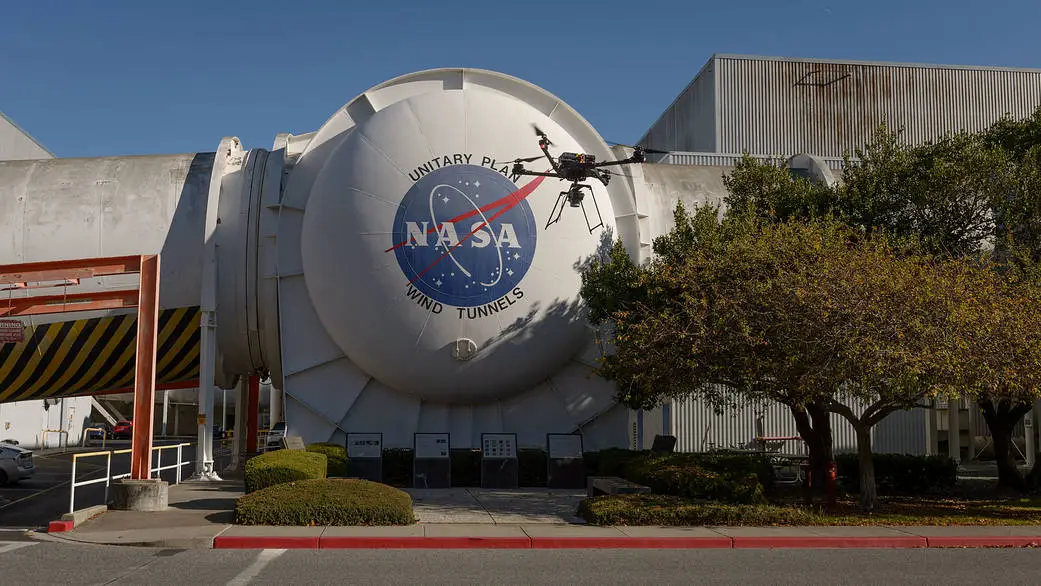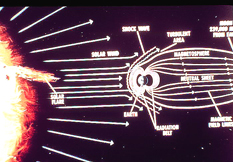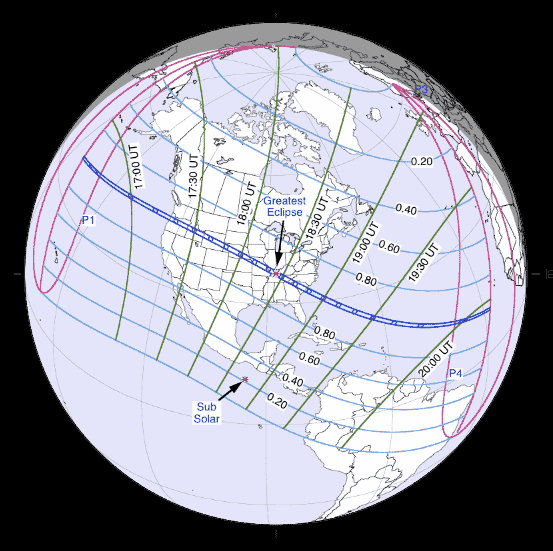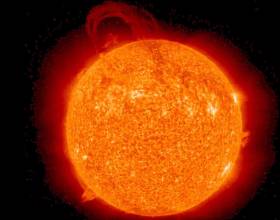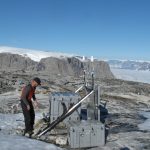A research team from NASA’s Langley Research Center is gearing up for a groundbreaking atmospheric study during the upcoming total solar eclipse on April 8. The mission will see them heading to Fort Drum, New York, with the objective of analyzing changes in solar radiation as it reaches Earth before, during, and after the eclipse event.
Employing a specially modified Alta X Uncrewed Aircraft System (UAS), the team plans to ascend to nearly two miles above ground—surpassing previous altitude records for the UAS. This mission will utilize weather sensors akin to those on National Weather Service daily weather balloons, offering a novel approach to vertical atmospheric profiling. By measuring temperature, relative humidity, pressure, and wind, the UAS aims to provide an alternative to traditional balloon-based data collection methods within the troposphere—the lowest layer of Earth’s atmosphere where weather phenomena occur.
“UAS offer a promising avenue for rapid and repeatable measurements in the lower troposphere, potentially enhancing temporal resolution at a reduced cost,” stated Jennifer Fowler, the project’s principal investigator and mission commander. Unlike conventional weather balloons that are not retrieved post-launch, UAS-based radiosonde deployments allow for multiple data collection flights, enabling more consistent atmospheric profiling.
The study focuses on ‘forcing events’—sudden atmospheric changes triggered by phenomena like volcanic eruptions, wildfires, and solar eclipses. The predictability of solar eclipses presents a unique natural experiment opportunity, allowing scientists to investigate the effects on the planetary boundary layer, the troposphere’s lowest part.
Tyler Willhite, the airborne sensor operator for the mission, highlighted the novelty of their approach: “Integrating a radiosonde with a 3D sonic anemometer on a multi-rotor aircraft is an unprecedented configuration. The ability to stream a wide variety of data in real-time significantly surpasses the capabilities of traditional weather payloads.”
In collaboration with the World Meteorological Organization, the National Center for Atmospheric Research, and the University of Albany, NASA’s team will concurrently launch weather balloons to collect complementary atmospheric measurements.
“Our participation in the World Meteorological Organization’s worldwide flight campaign during the eclipse will allow us to contribute real-time data to enhance global weather models and forecasting accuracy,” Willhite added, underscoring the mission’s goal to refine atmospheric modeling for improved weather predictions.

